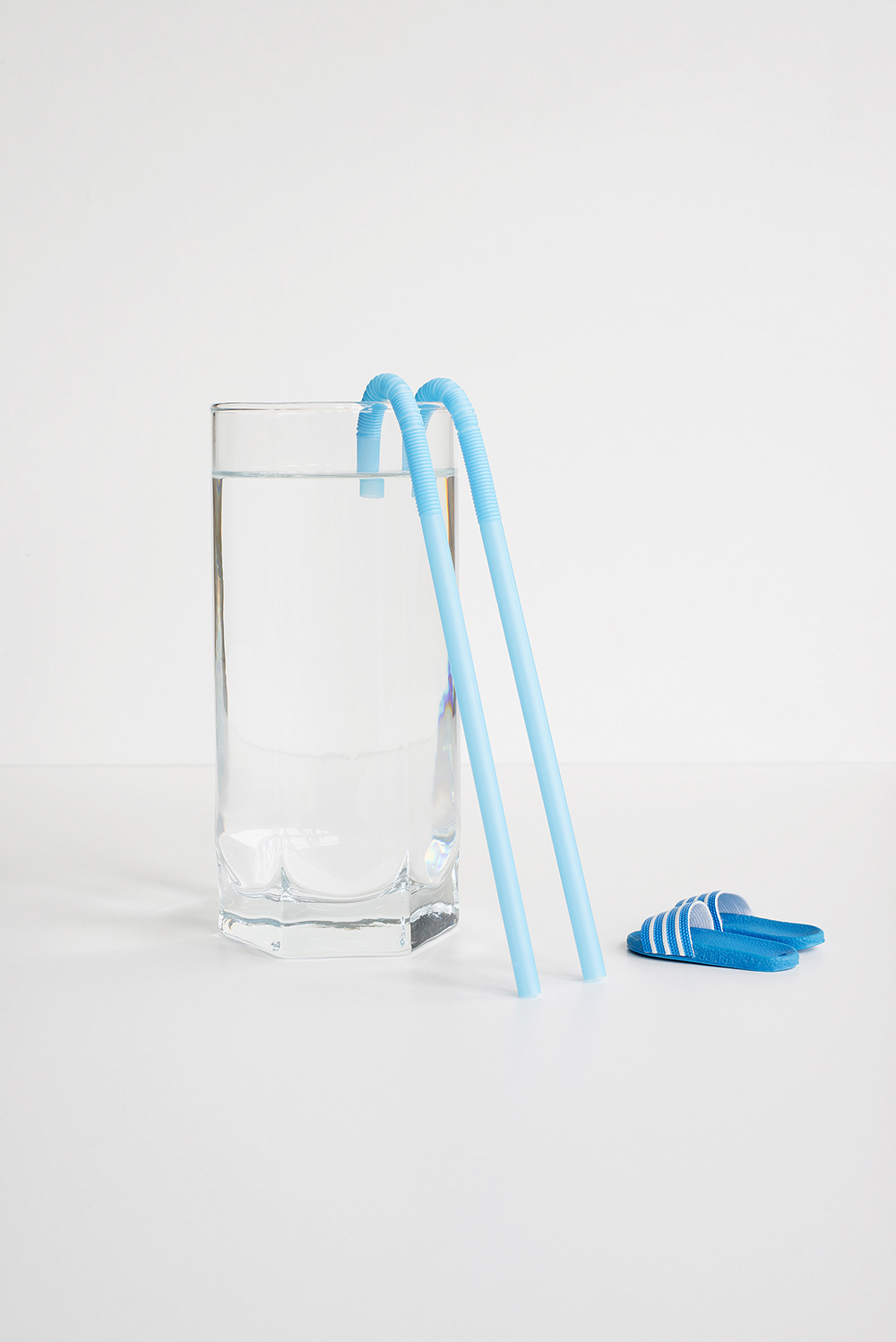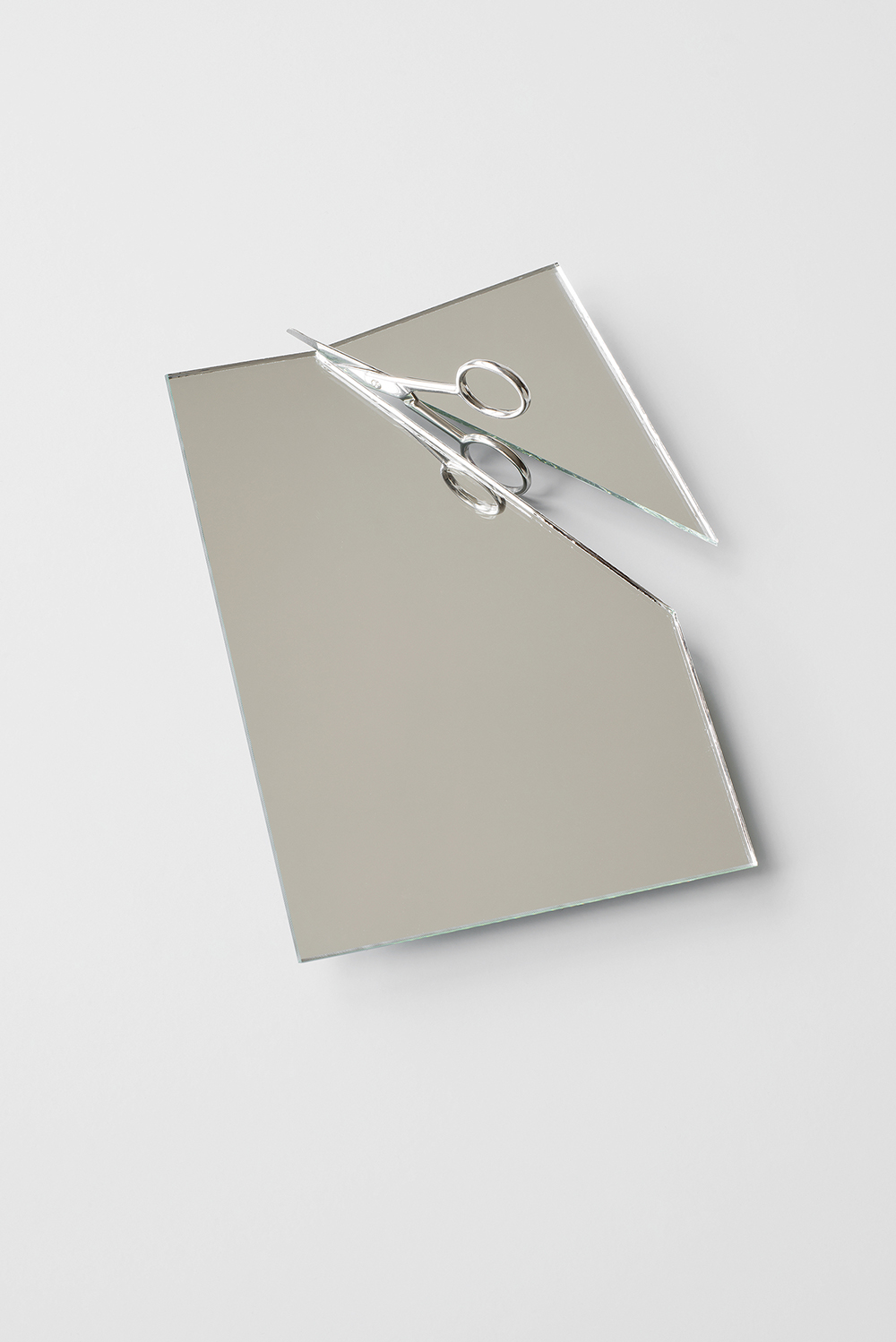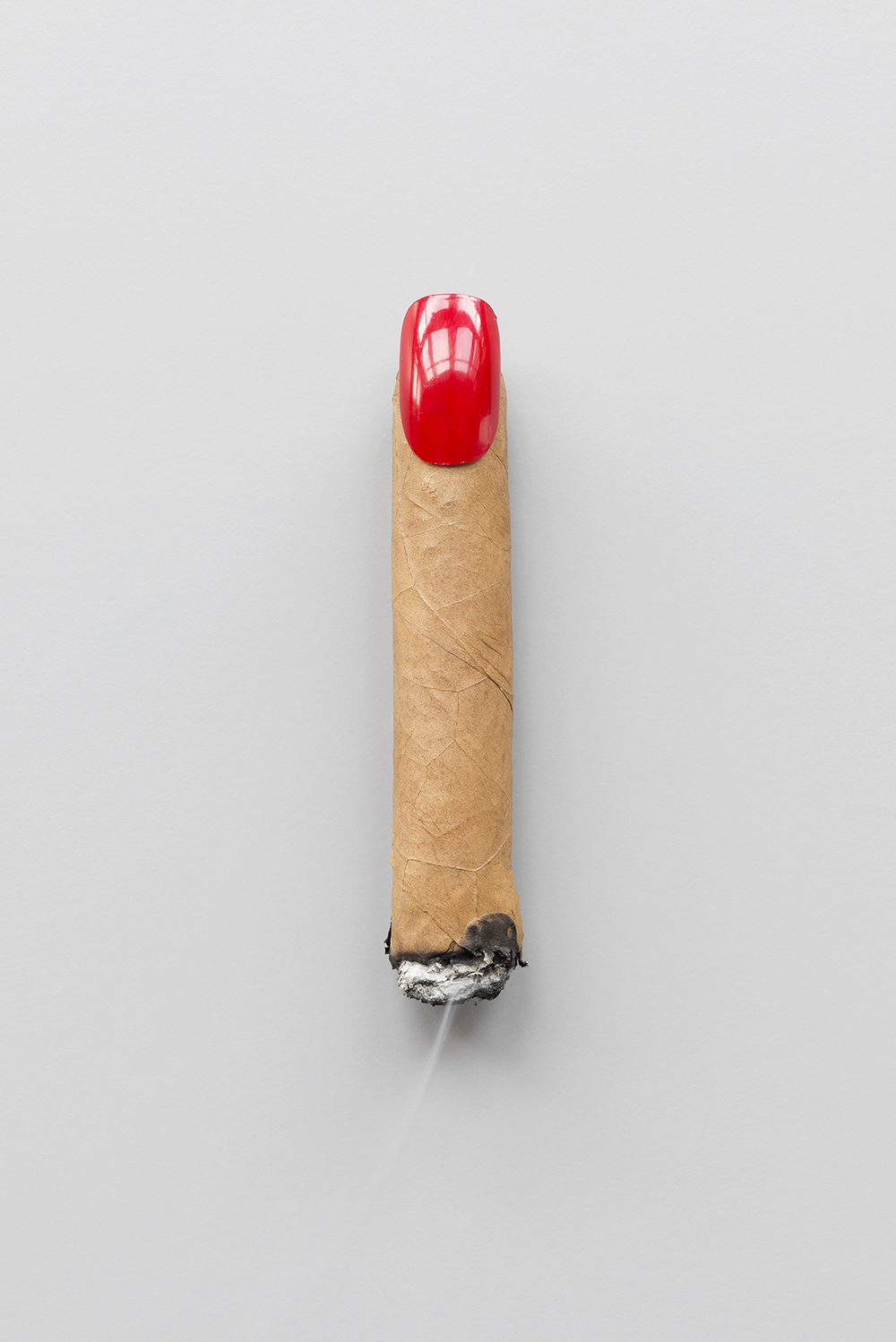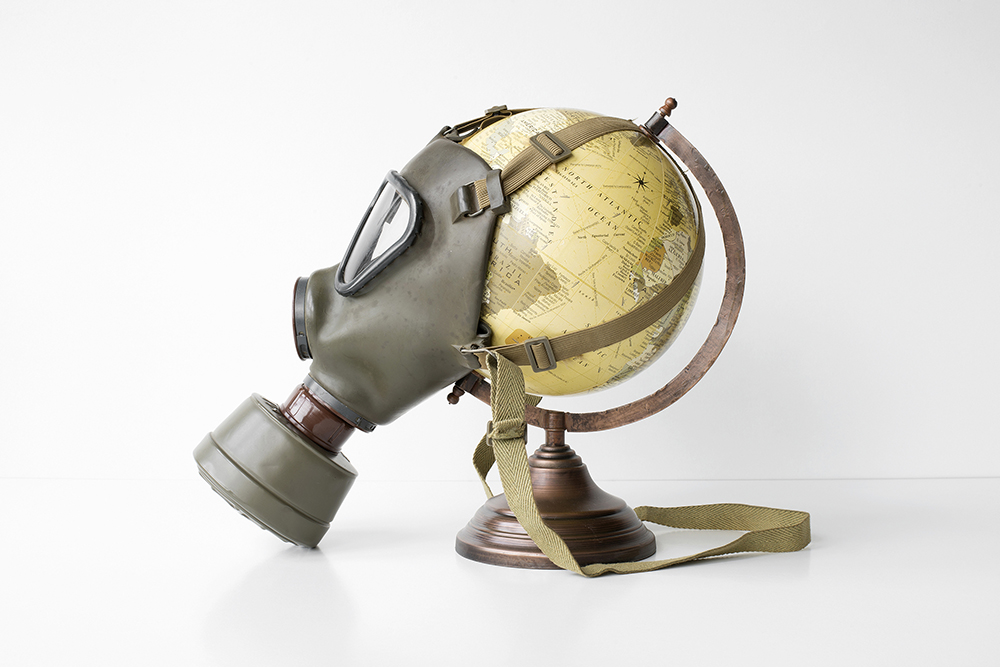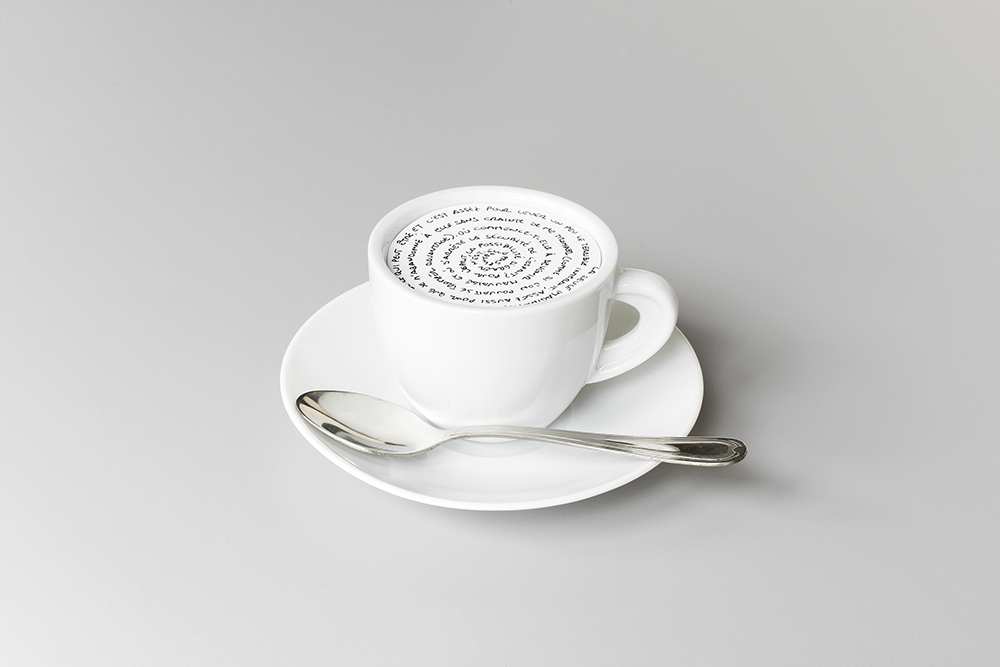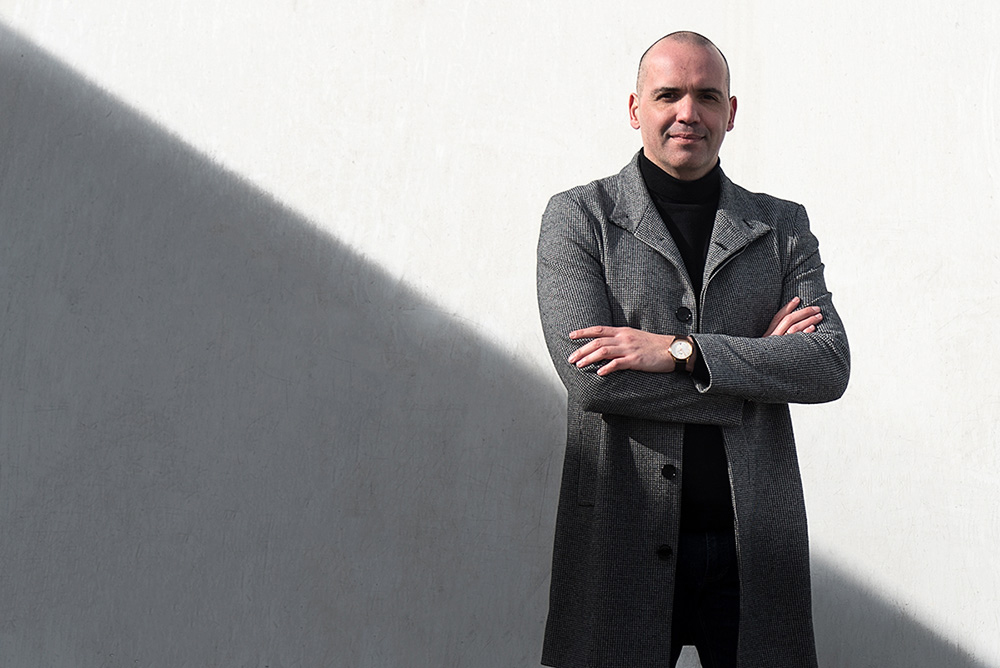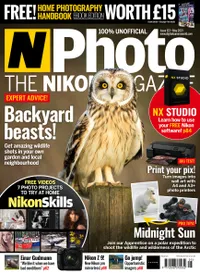Photographer García de Marina shows his images that words can’t describe
Surrealist Spanish photographer García de Marina shares his thought-provoking – and untitled – artwork
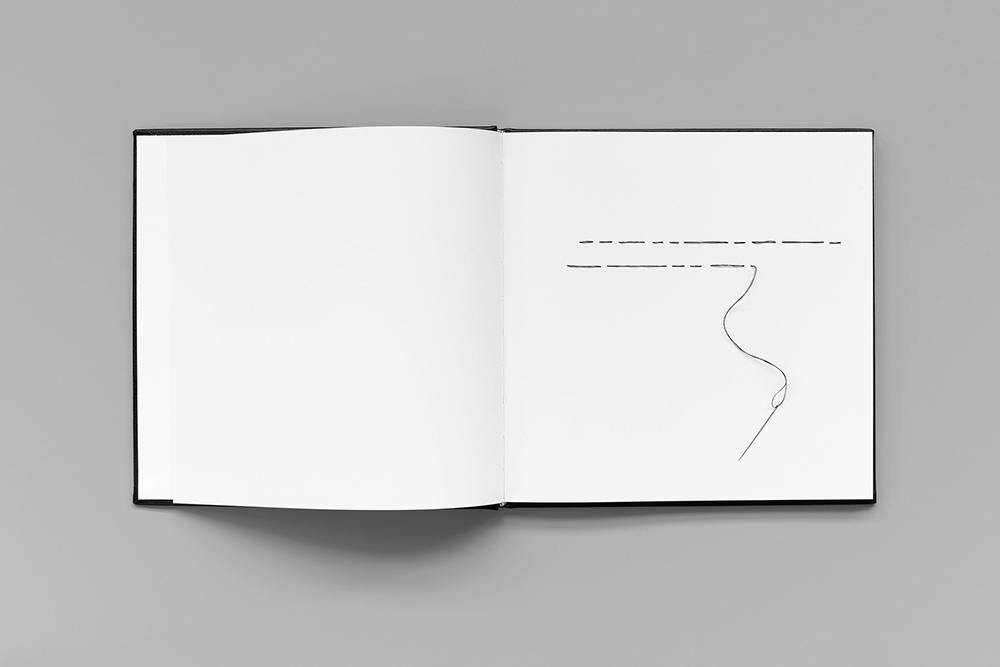
I have been using objects as a means of expression in my work for the past 10 years. I’m interested in their symbolism, and a random connection of elements that have a prior lack of relation, in order to suggest an emotional message.
My work revolves around intuition and ideas, surrealism, and the world of the subconscious and dreams. Above all, it is deeply irreverent, seeking to transform and stamp objects with new identities, challenging the obvious, and focusing attention on the extraordinariness of ordinary life.
The most important part of my creative process is how the ideas arise, whether looking for a specific image or in the realization of a project, but it all begins through observation, from experiences or from what may concern me. Having many objects or elements to work with makes you live constantly in the association of those elements, which can end in ideas.
Surprise, surprise
I look for surprise by joining two distant objects with a different symbolic charge; also with the decontextualization and manipulation of the object. Through these tools, these pieces of our daily life are ‘denatured’, to give them a new meaning.
I don’t give titles to photos, because that would condition an initial interpretation and reduce the weight of what I’m trying to achieve, which is a dialogue between the work and viewer.
I think my work is on the path between sculpture and photography. Without this manipulation or previous preparation, I would not have the object, and without the photographic capture, I could not capture it for its visualization.
Objects come from very different places. They can come from people I know, others I find by chance and others I look for in shops. Many times the main challenge is to get a specific object to use. I have a lot of ideas to develop in the future when I find the items I want. I usually keep them once found, since I may use them again. Other times I like to go back to the work itself to give new meanings, or tell new stories with elements that have already been used. For backdrops, I use basic materials and have a surface where I stick white, black or grey backgrounds to complement the subject.
The best camera deals, reviews, product advice, and unmissable photography news, direct to your inbox!
Images have long been a necessity for me. Not just for creating, but for a need to capture my thoughts and ideas. I use a Nikon D800 and, usually, a 50mm lens because its angle of view is similar to how the human eye sees. I do not use lighting equipment – natural light gives me the kind of light with soft shadows that I need. My studio has a large, south-facing window, and I choose to shoot in the early hours of the day. I live on the north coast of Spain, where the weather is often cloudy, that’s why I get that kind of light.
García’s work is represented by art galleries the world over and has featured in several photography festivals.
Read more:
Best Nikon cameras
Best travel cameras in 2021
Best travel tripod
N-Photo: The Nikon Magazine is a monthly publication that's entirely dedicated to Nikon users. For the best news, reviews, projects and more, subscribe to N-Photo today!
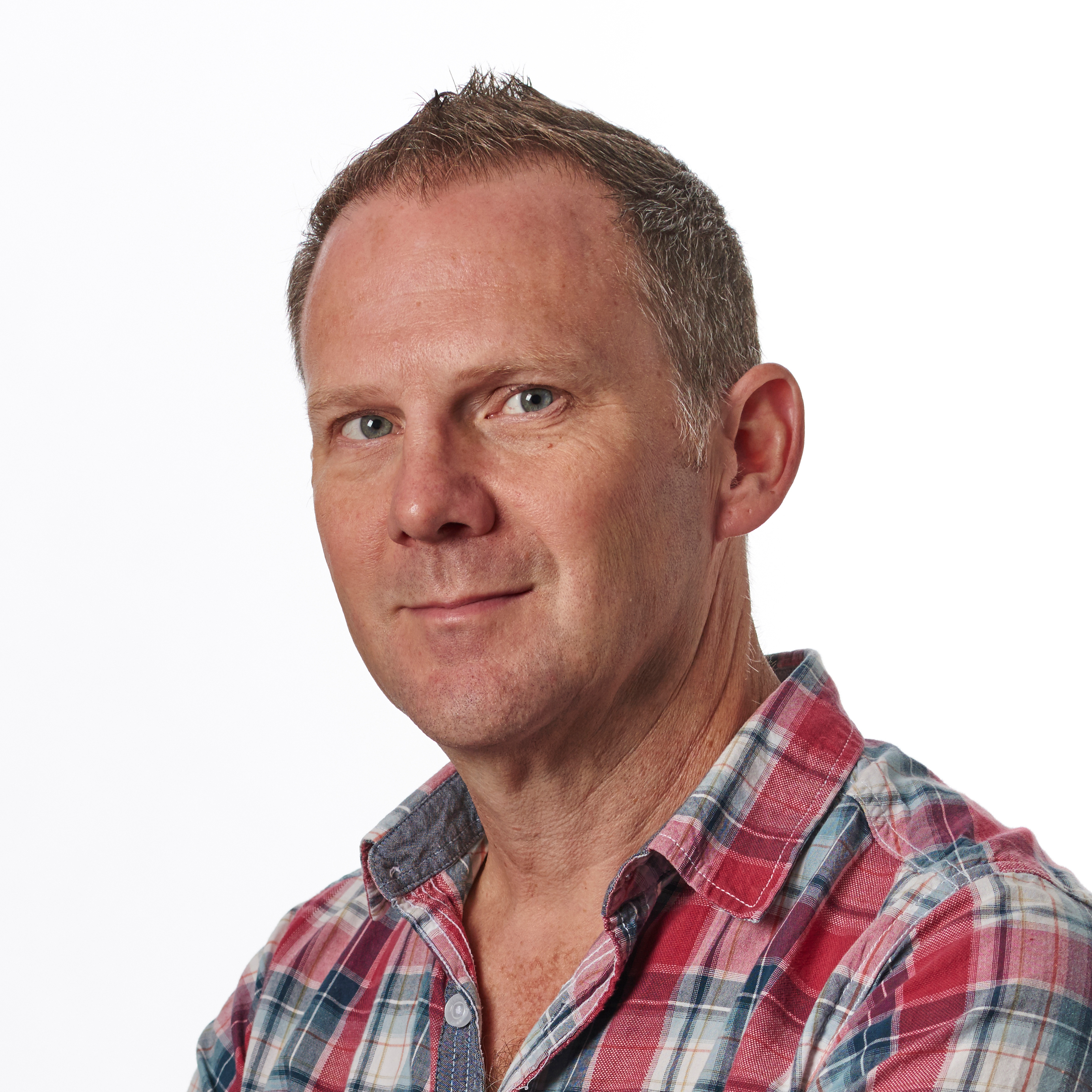
Prior to joining digitalcameraworld.com as Guides Editor, Adam was the editor of N-Photo: The Nikon Magazine for seven years, and as such is one of Digital Camera World's leading experts when it comes to all things Nikon-related.
Whether it’s reviews and hands-on tests of the latest Nikon cameras and lenses, sharing his skills using filters, tripods, lighting, L brackets and other photography equipment, or trading tips and techniques on shooting landscapes, wildlife and almost any genre of photography, Adam is always on hand to provide his insights.
Prior to his tenure on N-Photo, Adam was also a veteran of publications such as PhotoPlus: The Canon Magazine, so his wealth of photographic knowledge isn’t solely limited to the Big N.
